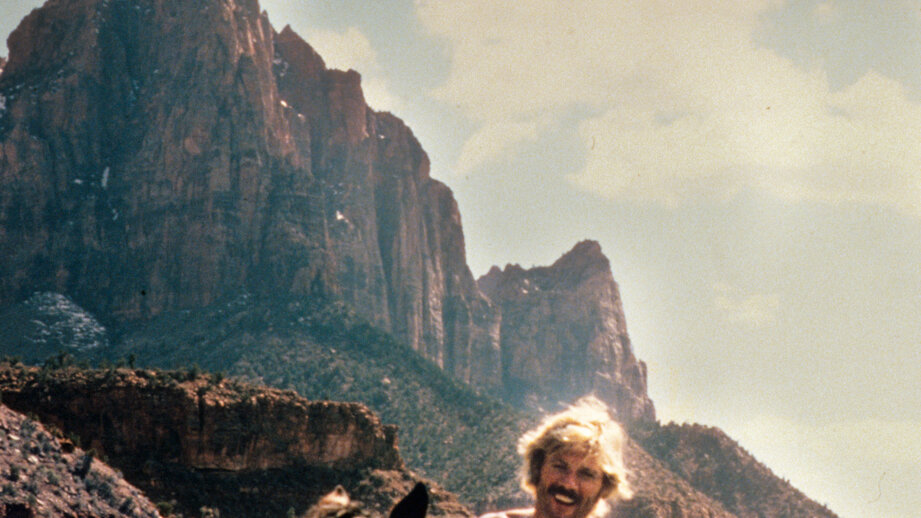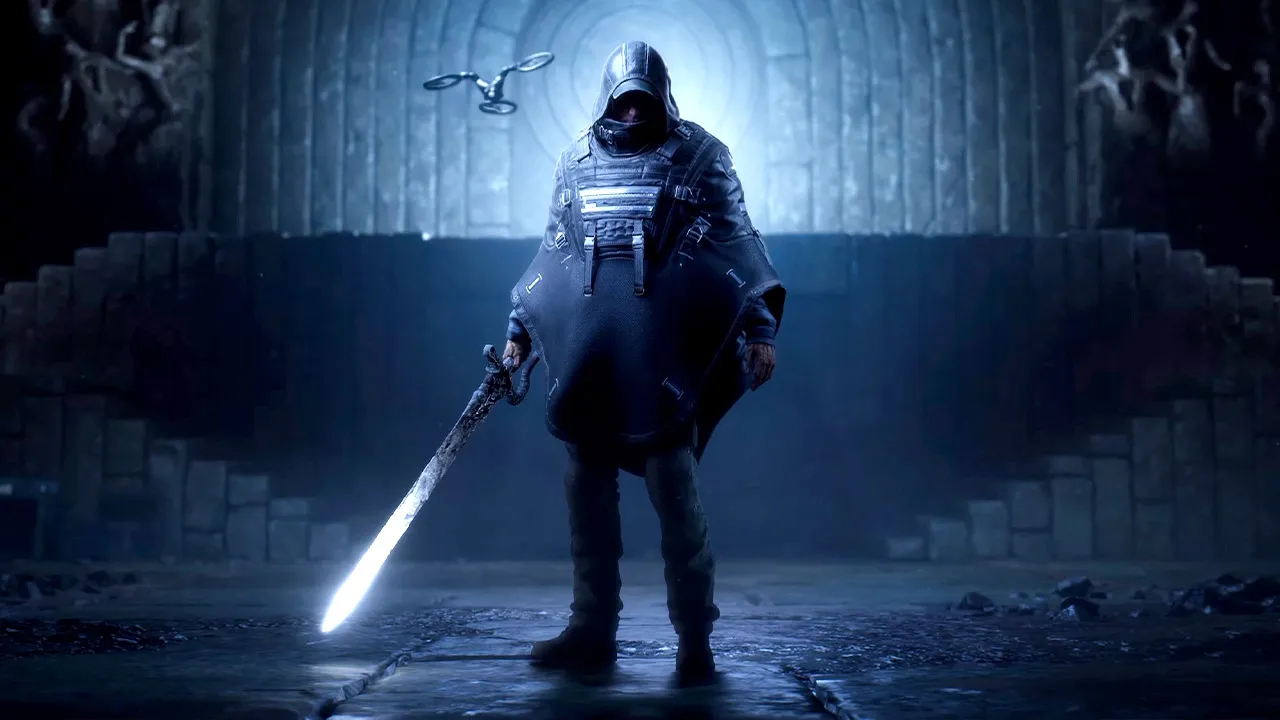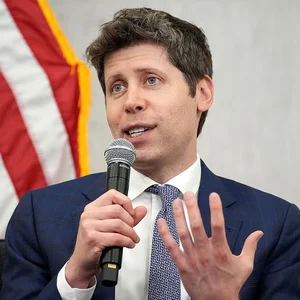By The New York Times
Copyright

Robert Redford, who for decades was one of Hollywood’s leading men turned Oscar-winning director, died early Tuesday morning at age 89. His career could not be defined by any one action or genre he mastered, but perhaps by his desire to make films that bolstered cultural importance. Some of them focused on grief and political corruption, others reflected the romance between two strangers or the struggle of an underdog.
He also became an important independent film impresario, creating the Sundance Film Festival. That festival became critical to showcasing American films made outside the Hollywood system and later one of the world’s best known showcases for documentaries. Redford also championed causes like saving the environment, and in 2005 he introduced the Redford Center, an organization dedicated to environmental impact filmmaking.
Here are some snapshots from his life and career.
Robert Redford and Paul Newman co-starred in “Butch Cassidy and the Sundance Kid” in 1969, proving to be a box-office winning pair.
Redford, who was born in Santa Monica, Calif., in 1936, often cast himself in memory as a juvenile delinquent, sometimes mentioning gang fights.
Redford married Lola Van Wagenen in 1958 and divorced in 1985.
Redford was a trustee of the Natural Resources Defense Council for three decades.
Redford had become a well-known romantic leading man by the time he and Barbra Streisand co-starred in “The Way We Were” in 1973. That film won two Oscars.
Redford preferred making films about serious topics and in 1976, he starred in “All the President’s Men” about the journalistic pursuit of Richard Nixon in the Watergate era.
He did not like to be called an activist, but often evangelized for environmental causes.
Jimmy Carter and Redford in Plains, Ga., in September 1976, months before the presidential election.
Preferring life away from Hollywood on a secluded Utah ranch, Redford created the image of a reluctant star.
Redford did not always enjoy being a sex symbol. He told The New York Times in 1974, “This glamour image can be a real handicap.”
He won an Academy Award in 1981 for best director for “Ordinary People,” about an upper-middle-class family’s disintegration after a son’s death. The film won three other Oscars that night, including best picture.
Redford also directed the 1988 film “The Milagro Beanfield War,” a comedic drama about a New Mexican farmer denied water rights by uncaring developers. It was a flop.
He later directed and produced “A River Runs Through It” (1992) and “Quiz Show” (1994), which was nominated for four Oscars.
Redford and Van Wagenen’s 27-year marriage produced four children: Shauna, Amy, David James (known as Jamie) and Scott, who died of sudden infant death syndrome at 2½ months.
Redford and the dancer-choreographer Twyla Tharp in February 1987.
Redford attended the University of Colorado on a baseball scholarship, but he later dropped out. He received an honorary degree from the university in 1987.
The actor and director became an independent film impresario who founded the Sundance Institute in 1981. He took over a struggling film festival in Utah in 1984 and renamed it after the institute a few years later.
He received a National Medal of the Arts in 1997 from then President Bill Clinton and the first lady, Hillary Rodham Clinton.
Redford and Sidney Poitier at the 74th Annual Academy Awards Governors Ball in 2002.
Redford directed and co-starred in the 2007 film “Lions for Lambs” alongside Meryl Streep and Tom Cruise.
Redford and Taylor Swift at the premiere of the documentary film “Ethel” at the 2012 Sundance Film Festival in Park City, Utah.
Redford, who went to college on a baseball scholarship, threw out a ceremonial first pitch before a game between the Chicago Cubs and Pittsburgh Pirates in 2011.
Sophia Loren and Redford in California in 2014.
Redford ahead of the “Our Souls at Night” screening at the 74th Venice Film Festival in 2017. The romantic drama, which co-starred Jane Fonda, was one of his final acting roles.
He retired from acting in part because he was increasingly immobile. Decades of riding horses and playing tennis had wreaked havoc on his body.



